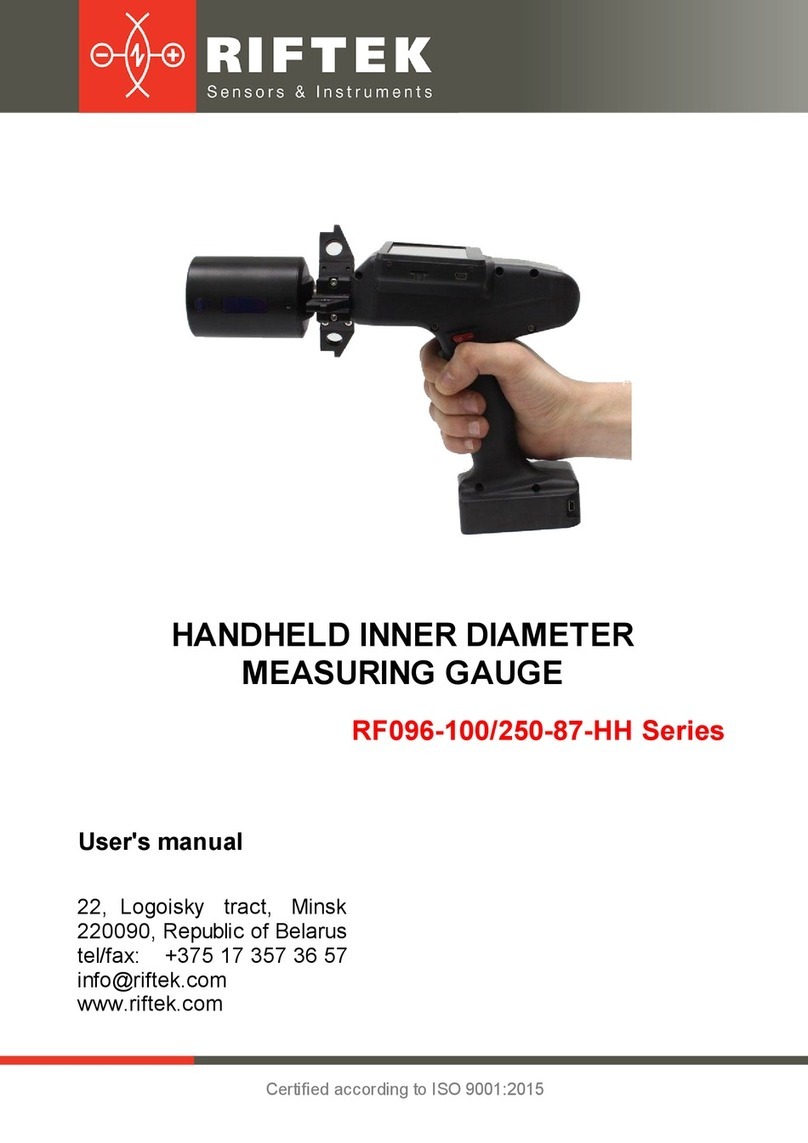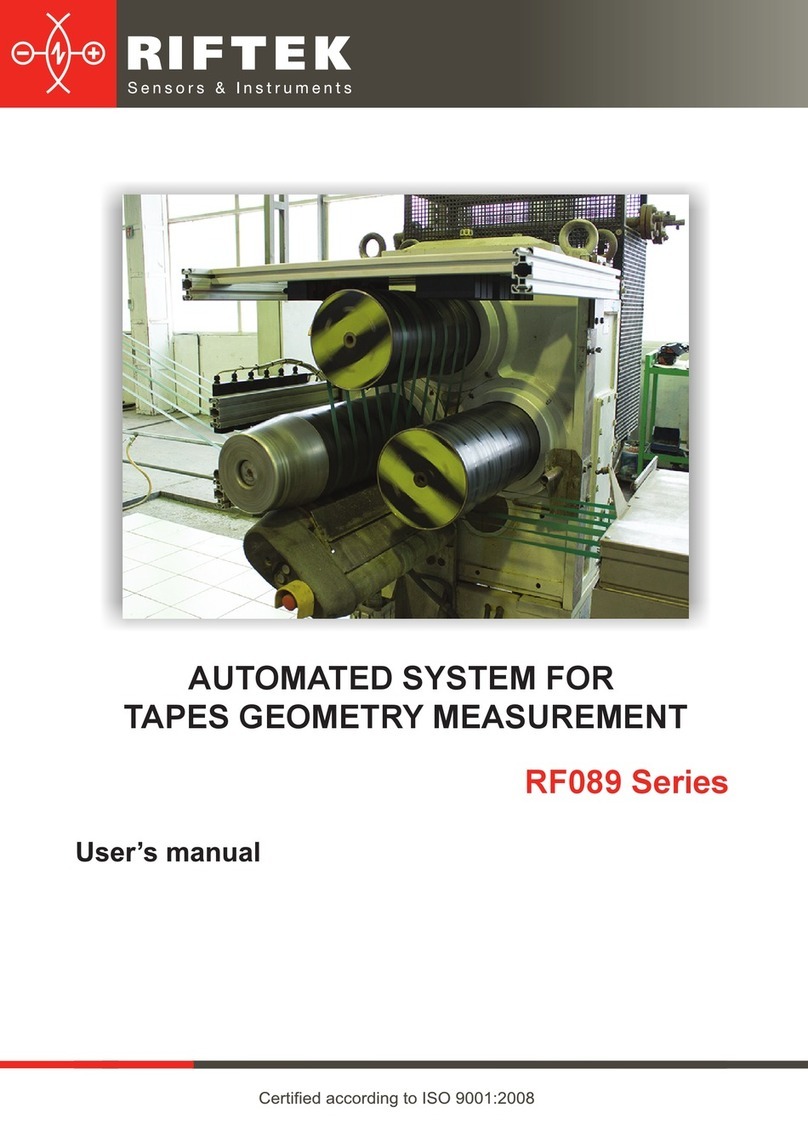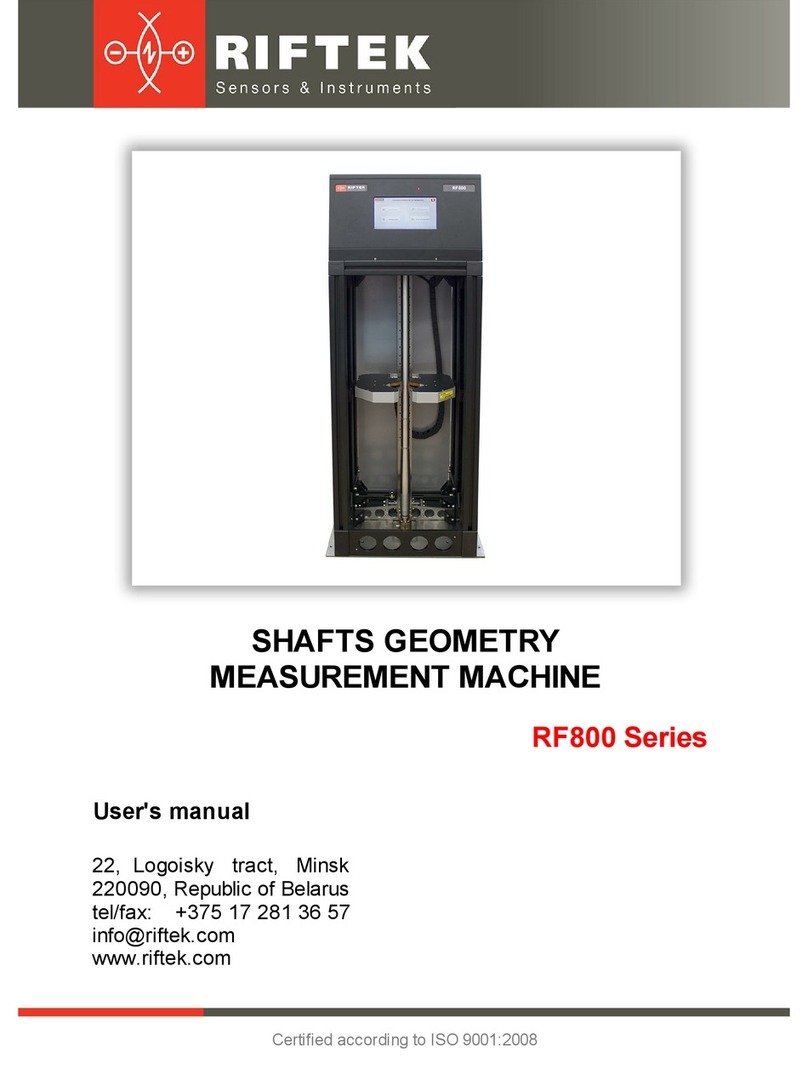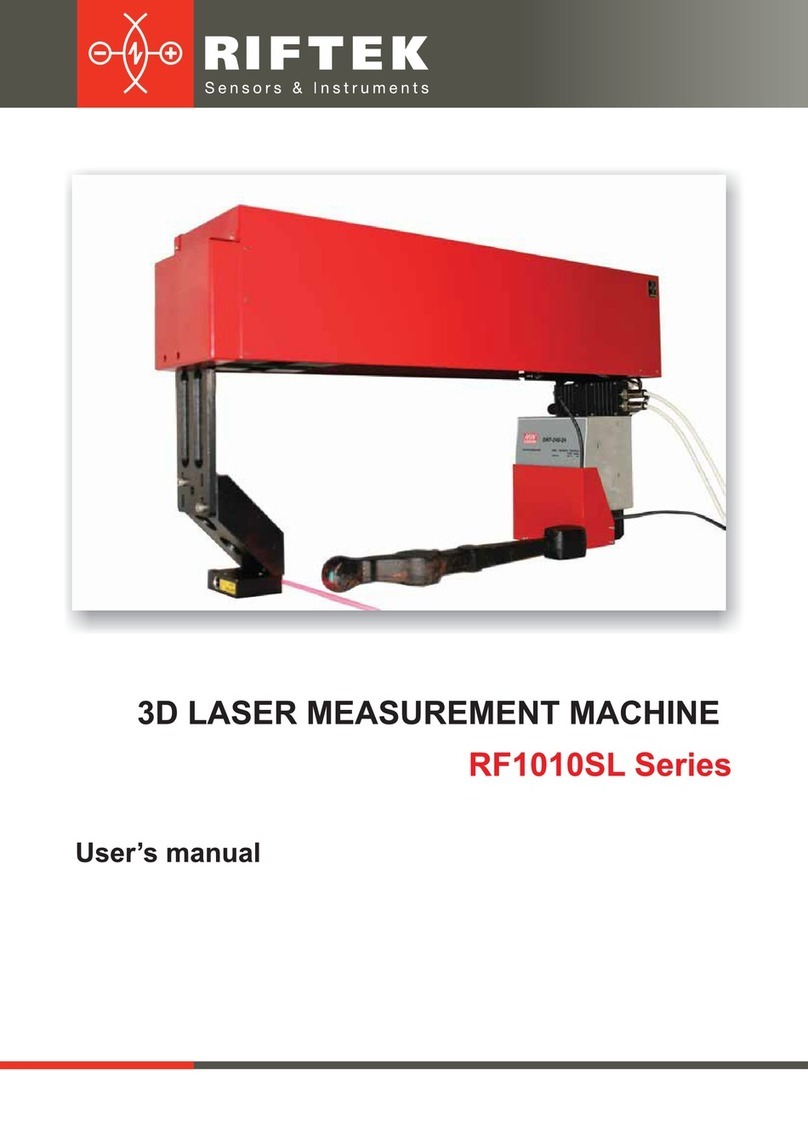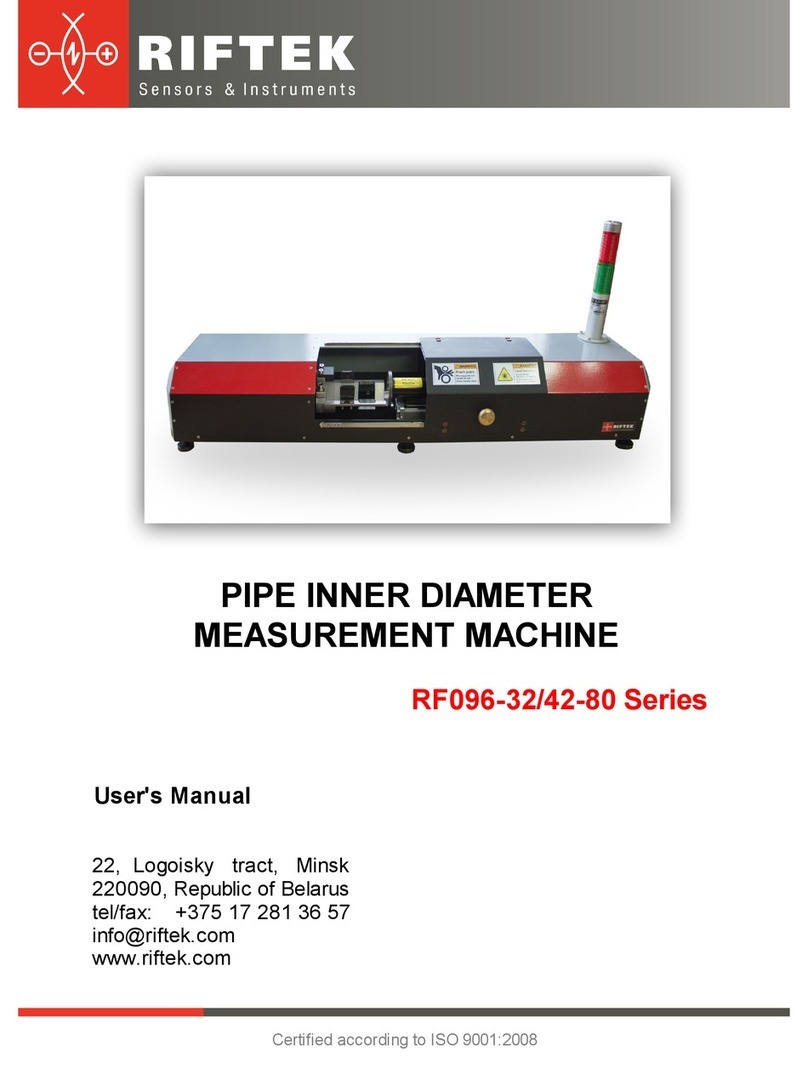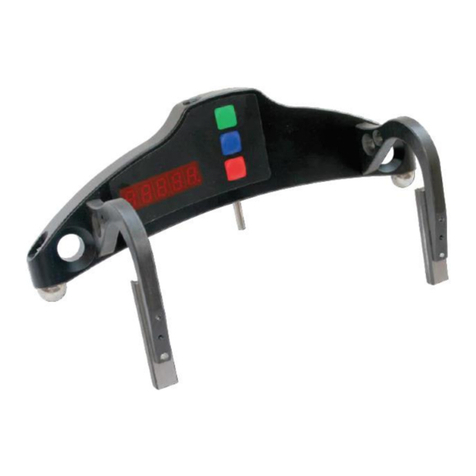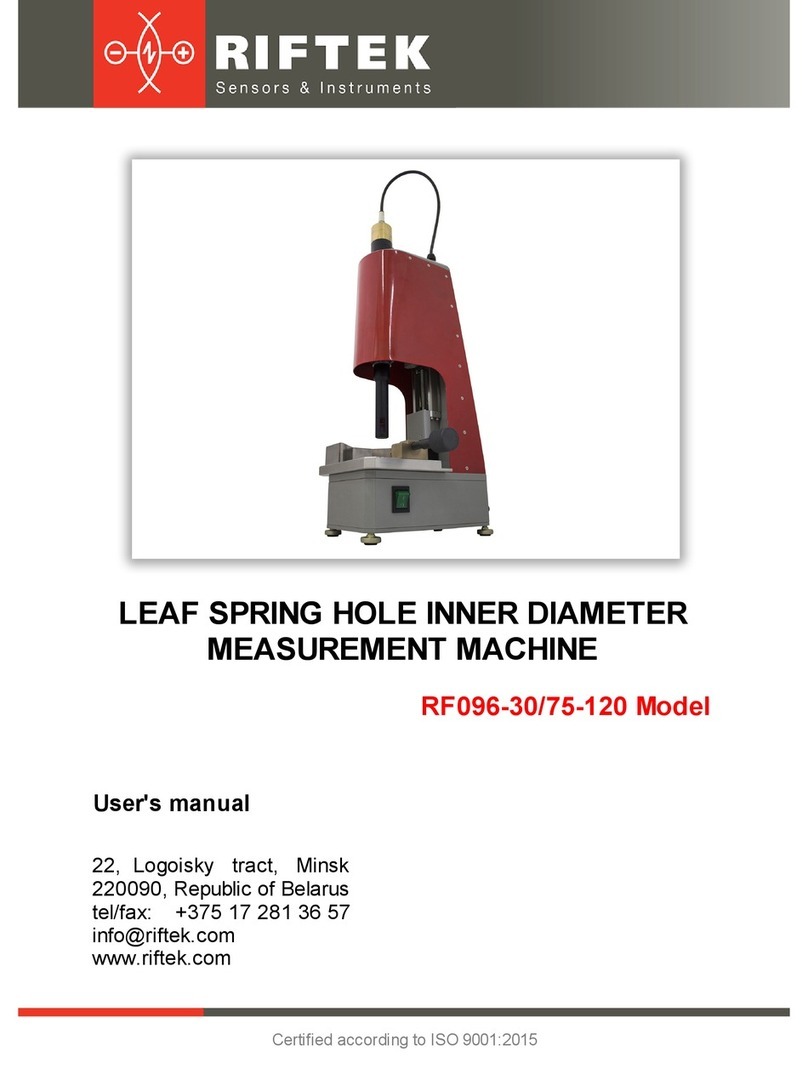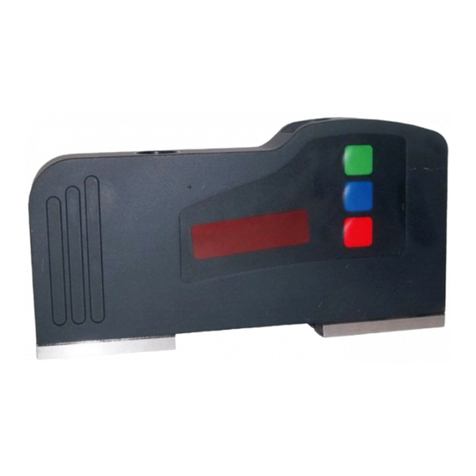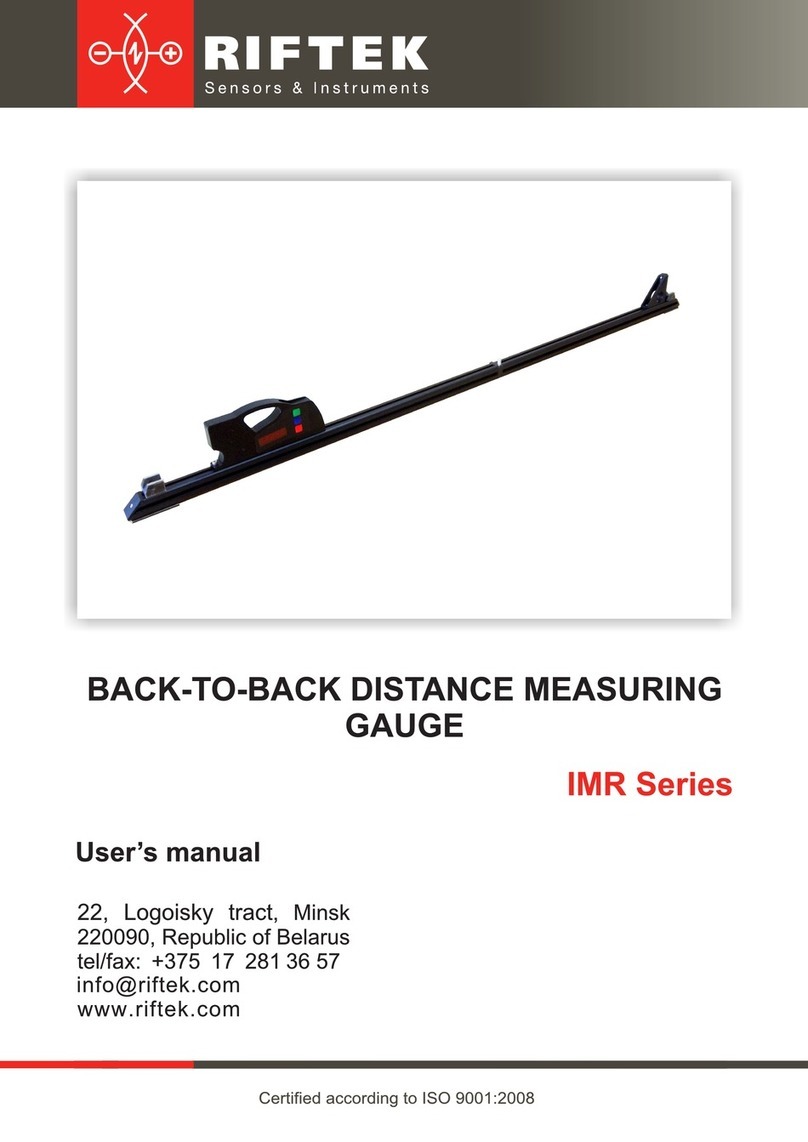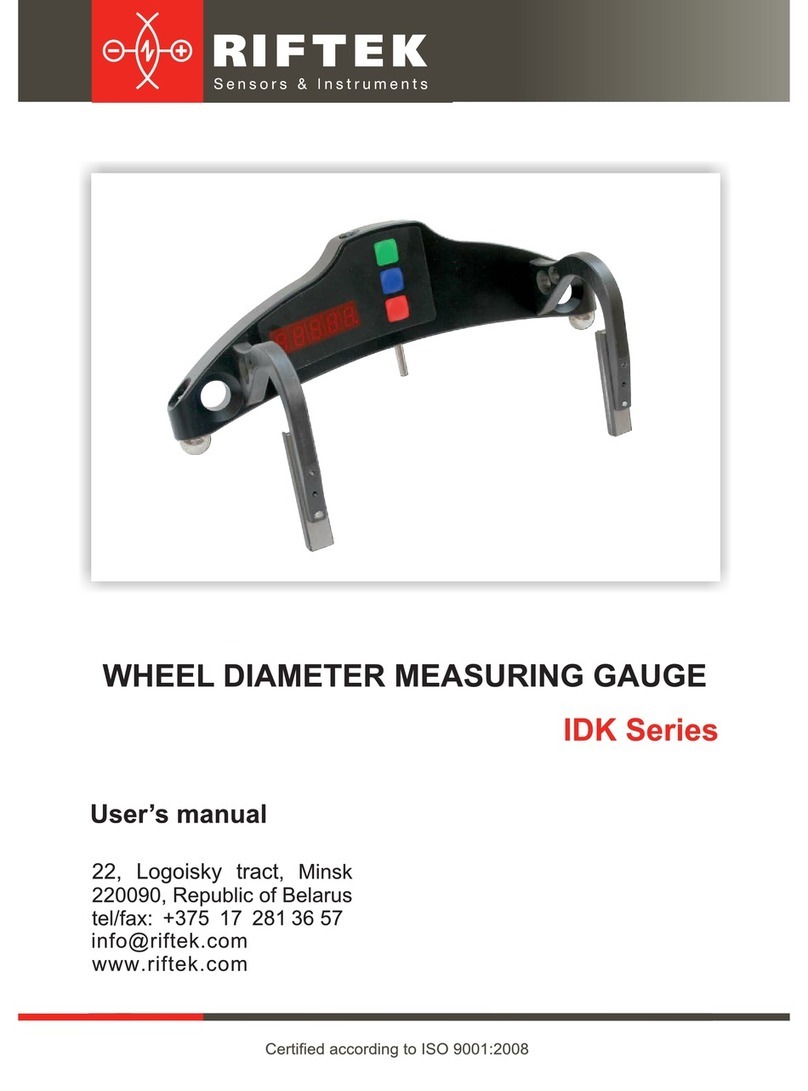
2
Optical Micrometer. RF651 Series
RF651 Series [Revision 4.0.0] 25.03.2017
Contents
.............................................................................................................................................41. Safety precautions
.............................................................................................................................................42. CE сompliance
.............................................................................................................................................43. Laser safety
.............................................................................................................................................44. General information
.............................................................................................................................................55. Basic technical data
.............................................................................................................................................56. Example of item designation when ordering
.............................................................................................................................................67. Structure and operating principle
.............................................................................................................................................78. Options for use of the device
........................................................................................................................................... 78.1. One-coordinate systems
........................................................................................................................................... 78.2. Multi-axis systems
.............................................................................................................................................89. Dimensions and mounting
.............................................................................................................................................910. Connection
........................................................................................................................................... 910.1. Micrometers without logical outputs
........................................................................................................................................... 910.2. Micrometers with logical outputs
........................................................................................................................................... 1010.3. Micrometers with Ethernet interface
........................................................................................................................................... 1110.4. Micrometers with cable gland and cables
........................................................................................................................................... 1210.5. Ethernet cable
.............................................................................................................................................1211. Configuration parameters
........................................................................................................................................... 1211.1. Parameter of synchronization
........................................................................................................................................... 1211.2. Sampling period
........................................................................................................................................... 1311.3. Method of results averaging
........................................................................................................................................... 1311.4. Number of averaged values
........................................................................................................................................... 1311.5. Measurement mode
........................................................................................................................................... 1311.6. Borders and polarity
........................................................................................................................................... 1411.7. Numbers of borders under control
........................................................................................................................................... 1411.8. Nominal value and tolerances
........................................................................................................................................... 1411.9. Logical outputs operation modes
........................................................................................................................................... 1411.10. Factory parameters by default
.............................................................................................................................................1512. Description of RS232 and RS485 interfaces
........................................................................................................................................... 1512.1. RS232 port
........................................................................................................................................... 1512.2. RS485 port
........................................................................................................................................... 1512.3. Modes of data transfer
........................................................................................................................................... 1512.4. Configuration parameters
................................................................................................................. 1512.4.1. Rate of data transfer through a serial port
................................................................................................................. 1512.4.2. Net address
................................................................................................................. 1512.4.3. Factory parameters table
........................................................................................................................................... 1612.5. Interfacing protocol
................................................................................................................. 1612.5.1. Serial data transmission format
................................................................................................................. 1612.5.2. Communication sessions types
................................................................................................................. 1612.5.3. Request ................................................................................................................. 1612.5.4. Message, MSG
................................................................................................................. 1612.5.5. Answer ................................................................................................................. 1712.5.6. Data stream
................................................................................................................. 1712.5.7. Request codes and list of parameters
.............................................................................................................................................1713. Analog outputs
........................................................................................................................................... 1713.1. Modes of data transfer
........................................................................................................................................... 1713.2. Current output 4…20 mA
........................................................................................................................................... 1713.3. Voltage output 0…10 V
........................................................................................................................................... 1813.4. Configuration parameters
................................................................................................................. 1813.4.1. Range of the analog output
................................................................................................................. 1813.4.2. Analog output operation mode
.............................................................................................................................................1814. Request codes and a list of parameters
